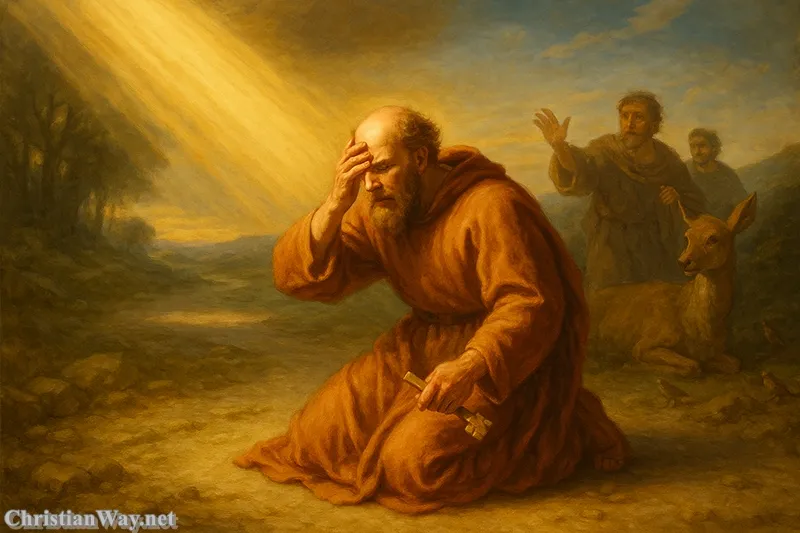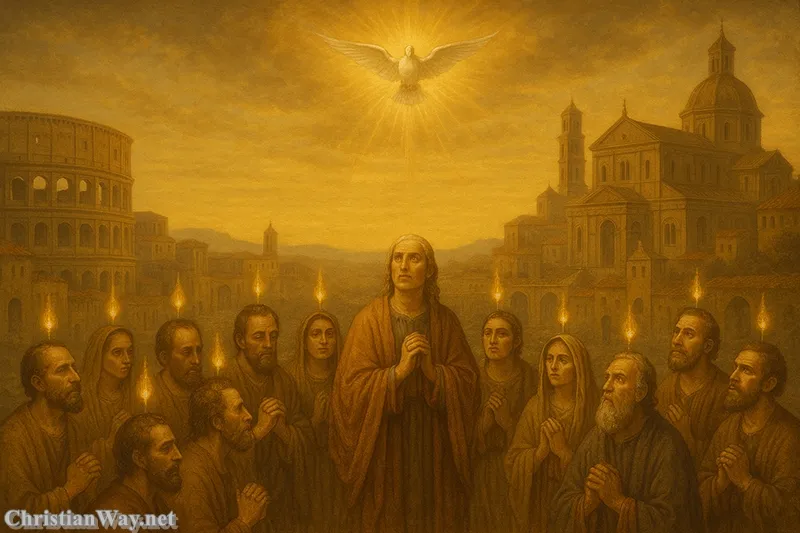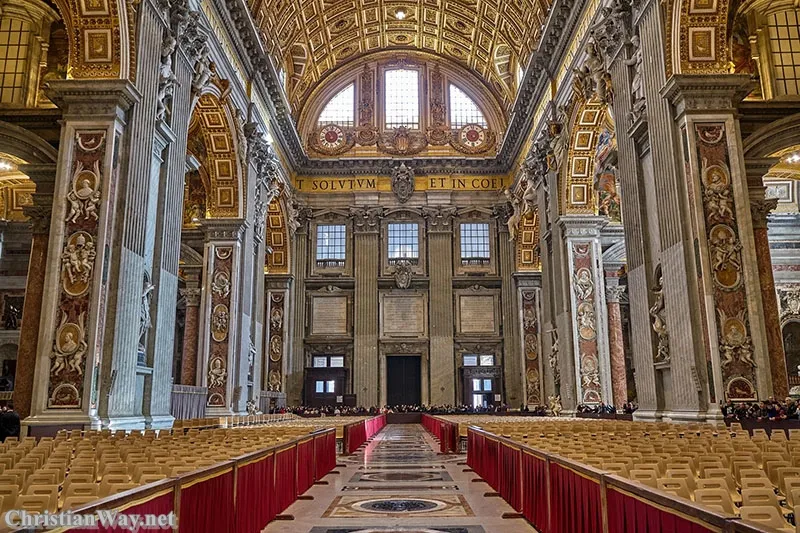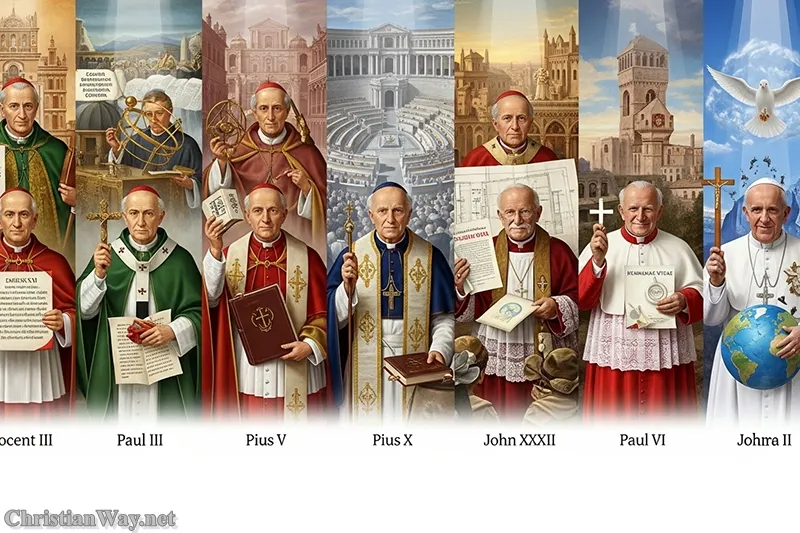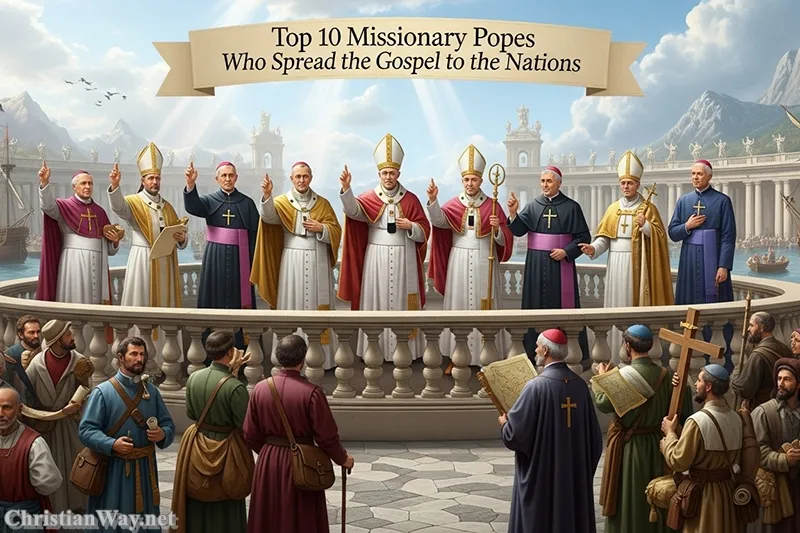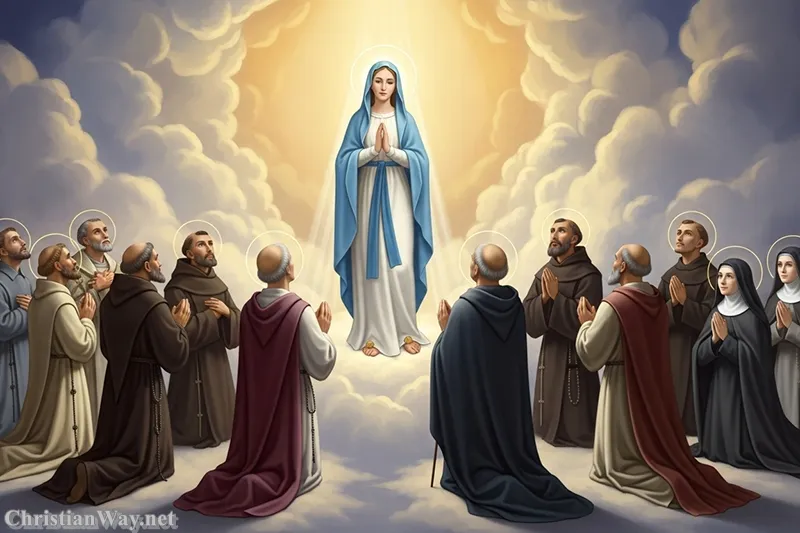Dear friends in Christ,
Throughout the long and sacred history of the Church, God has raised up shepherds who did not seek thrones, but crosses — men who understood that to lead in Christ’s name is to kneel before His people in love. These were not popes of pomp, but popes of presence; not men who sought titles, but servants who bore witness to the humility of the One who washed the feet of His disciples.
In every age, amid power and prestige, there have been humble popes — servant popes — who reminded the world that true authority in the Church is not domination, but service. Jesus Himself declared, “The greatest among you must be your servant” (Matthew 23:11). These holy successors of Saint Peter made those words their life’s rule.

Let us now walk through history and meet ten remarkable popes of humility, whose simplicity, compassion, and self-giving leadership reflected the tender mercy of Christ the Good Shepherd.
1. Saint Peter (c. AD 30–67): The Fisherman Who Became the Rock
The first and most humble of all popes began not in grandeur, but in Galilean simplicity. Saint Peter, a fisherman chosen by Christ Himself, was not a scholar or a nobleman, but an ordinary worker who left everything to follow Jesus.
When the Lord washed Peter’s feet, the Apostle resisted — yet in that moment, Peter learned the true meaning of leadership: to let oneself be loved and then to serve. Even after denying Jesus, he repented with tears, becoming a symbol of humility redeemed by grace.
Tradition tells us that Peter was crucified upside down in Rome because he felt unworthy to die in the same manner as his Lord. The first servant pope was also the first to show that greatness in the Church is born through humility and repentance.
2. Pope Saint Gregory the Great (590–604): The Servant of the Servants of God
When Gregory I became pope, Rome was in chaos — famine, disease, and political instability surrounded the Church. Yet Gregory refused to see himself as a ruler above others. He called himself “Servus servorum Dei” — the “Servant of the Servants of God.” This title has since been adopted by every pope who followed him.
Gregory used his own wealth to feed the poor and reorganized the Church’s charitable works. He sent missionaries, such as Saint Augustine of Canterbury, to evangelize England, not through conquest, but through love.
He worked tirelessly to renew the liturgy and chant, to care for the sick, and to remind Christians that holiness is found in humble service. In him, the Church saw what it means for a pope to be a true shepherd — not of status, but of souls.
3. Pope Saint Leo the Great (440–461): Humility That Faced Empires
In the face of barbarian invasions and theological conflict, Pope Leo the Great stood firm, not in pride, but in faith. When Attila the Hun threatened Rome, Leo went out unarmed to meet him — an act of courage born of humility. He saw himself not as a general, but as a father who sought peace for his flock.
Leo also taught that the dignity of the papacy rests in Christ’s power, not in human glory. His sermons emphasized mercy and unity, reminding believers that humility is the foundation of Christian strength.
Though history remembers his leadership, the Church remembers his servant heart — a heart that faced the world’s greatest powers with nothing but trust in God.
4. Pope Saint Pius X (1903–1914): The Pastor Who Loved the Poor
Born Giuseppe Sarto, the son of a poor postman from northern Italy, Pius X never forgot his humble beginnings. When he became pope, he continued to live simply, even mending his own clothes and eating plain meals.
His papal motto, “Instaurare omnia in Christo” — “To restore all things in Christ” — guided his reform of the Church. He encouraged frequent Communion, even for children, seeing in them the pure faith of the Gospel.
When visitors came to the Vatican, he welcomed them as a parish priest welcomes his flock. Pius X’s humility made the papacy a mirror of Christ’s compassion. He reminded the Church that holiness is not found in grandeur, but in closeness to God’s little ones.
5. Pope Saint John XXIII (1958–1963): The Humble Shepherd Who Opened the Windows
Few popes have captured the world’s affection as much as Saint John XXIII, the “Good Pope John.” Born into a poor farming family, Angelo Roncalli carried the humility of his roots into the papal throne.
His simplicity was legendary — he greeted guards, cooks, and janitors by name, and often slipped away to visit the sick. He called himself “a simple parish priest who has been called to serve the universal Church.”
John XXIII convened the Second Vatican Council, not out of ambition, but because he felt the Holy Spirit urging renewal through listening and love. His spirit of openness, kindness, and service brought the Church closer to the world.
When he was asked how he could sleep peacefully despite the burdens of the papacy, he replied, “It’s very simple. I close my eyes and say, ‘It’s Your Church, Lord. I’m going to bed.’”
6. Pope Saint Paul VI (1963–1978): The Gentle Servant of Reconciliation
Succeeding John XXIII, Pope Paul VI carried forward the work of Vatican II with patience and grace. Often misunderstood, he bore criticism with meekness, offering his suffering as an act of service to the Church he loved.
Paul VI lived simply, gave up the papal tiara — a powerful symbol of humility — and emphasized dialogue between faith and the modern world. His encyclical Evangelii Nuntiandi remains one of the most beautiful reflections on evangelization as a humble sharing of life and faith.
He was a man of deep prayer, gentle restraint, and tireless service. To the end, Paul VI sought peace — between nations, between Christians, and within the human heart. His humility was not weakness; it was the strength of a servant who trusted entirely in God.
7. Pope Saint John Paul II (1978–2005): The Pilgrim of Love
Though celebrated as a global figure and saint, John Paul II was above all a man of profound humility. Having suffered under totalitarian regimes in Poland, he never lost his empathy for the poor, the oppressed, and the forgotten.
He kissed the ground of every nation he visited, not as a gesture of dominance, but as a sign of reverence for the people he served. His private life was marked by simplicity: prayer before dawn, hidden acts of charity, and a willingness to forgive those who attacked him.
In his final years, as illness ravaged his body, John Paul II continued to appear before the faithful, showing the beauty of suffering embraced in love. His humility became the Gospel lived in public view — a testimony that even the mightiest pope is but a servant of the Crucified.
8. Pope Benedict XVI (2005–2013): The Humility of Resignation
When Pope Benedict XVI resigned in 2013, he did something no pope had done in nearly 600 years. His decision shocked the world, but it was, in truth, an act of pure humility.
He said, “I no longer have the strength to adequately fulfill the Petrine ministry.” With those words, he showed that the papacy is not about personal power, but about service — and that sometimes, service means knowing when to let go.
Benedict was a brilliant theologian, yet his personal life was quiet, gentle, and unassuming. He saw himself as a worker in the vineyard of the Lord, content to disappear so that Christ might shine more clearly. His resignation was not a retreat, but a lesson in humble obedience.
9. Pope Francis (2013–present): The Servant Pope of Our Time
From the first moment of his papacy, Pope Francis has embodied simplicity. He asked the crowd in St. Peter’s Square to pray for him before blessing them. He chose to live not in the Apostolic Palace, but in the modest Casa Santa Marta, to eat with others, and to drive in a simple car.
He reminds the world that “the name of God is Mercy.” His papal motto, “Miserando atque eligendo” (“By having mercy and by choosing him”), reflects his conviction that we are all chosen by God through compassion.
Francis constantly speaks of “a Church that is poor and for the poor.” His humility has touched millions — washing the feet of prisoners, embracing refugees, and calling the Church to remember that the true glory of the Gospel is service.
He once said, “Shepherds should smell like their sheep.” In those few words, he renewed the image of the papacy as service in the dust of real life.
10. Pope Saint Celestine V (1294): The Hermit Who Chose Simplicity Over Power
Before there was Benedict XVI, there was Pope Celestine V — a man of prayer who never sought to be pope. A hermit devoted to fasting and contemplation, Celestine was elected to the papacy in his eighties, after a long vacancy of the Holy See.
Yet he soon realized that he was unfit for the political demands of the office. In humility, he abdicated the papacy — one of the few in history to do so — saying that his soul could not find peace amid worldly power.
Though some mocked his decision, the Church has come to see it as a profound act of spiritual wisdom. Celestine showed that to renounce power for the sake of conscience can be a truer service than to rule without peace.
The Spirit of Servant Leadership
These ten humble popes lived in different eras, faced different challenges, and came from different backgrounds — yet they all shared one defining characteristic: they were servants first.
Their humility was not a strategy; it was a fruit of grace. In prayer and poverty, in simplicity and courage, they bore witness to Christ’s words: “The Son of Man came not to be served, but to serve, and to give His life as a ransom for many” (Mark 10:45).
Each of them understood that the papacy is not a throne of privilege, but a cross of love. They knelt before the world not in weakness, but in imitation of the One who washed His disciples’ feet.
Humility as the Heart of the Papacy
The history of the papacy has seen moments of triumph and tension, holiness and human weakness. Yet in every century, the Spirit has raised up servant popes to renew the Church’s heart.
Their humility transformed not only the Church but the world. Saint Gregory the Great’s title remains the Church’s model for leadership; Saint John XXIII’s warmth opened the windows of dialogue; Pope Francis’s mercy continues to remind us that the Gospel is not a theory, but a way of love.
Humility does not diminish the dignity of the papacy — it perfects it. For in the measure that the pope becomes a servant, the Church becomes more like Christ.
A Reflection for Our Time
In an age obsessed with power and influence, these popes of humility remind us that greatness lies in self-forgetfulness. To follow Jesus is to stoop lower, to love deeper, and to serve more quietly.
Perhaps the greatest lesson they teach is that humility is not the absence of strength, but its purification. It is power under grace, authority transfigured into love.
The humble pope is not merely a historical figure; he is a mirror for every Christian heart. For each of us is called to be, in our own way, a servant of the servants of God — to wash feet, to forgive, to comfort, to pray.
Reflect and Pray
Dear brothers and sisters,
As we remember these ten popes, let us ask the Lord to give us their spirit of humility and service. May we, like them, live not for our own glory, but for the glory of God who dwells in every act of love.
Let us pray:
Lord Jesus Christ,
You who knelt to wash the feet of Your friends,
teach us the joy of humble service.
May we see in every soul Your face,
and serve without seeking reward.
Bless Your Church with shepherds after Your heart —
gentle, faithful, and true.
And grant that we, too, may be servants of Your mercy,
until we share the joy of Heaven’s peace.
Amen.
May the peace of Christ dwell in your heart, and may His example of humility guide every step of your life.
— Fr. John Matthew, for Christian Way


